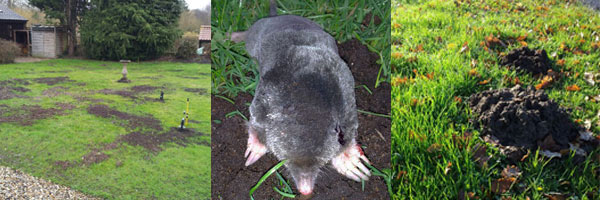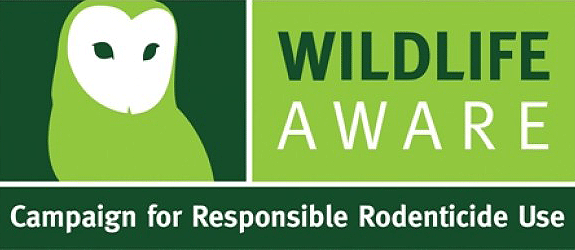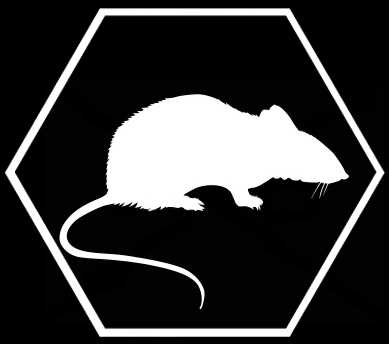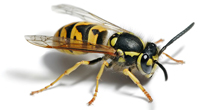Moles

Moles are 120-150mm in length, with short black fur, pink fleshy snout, and spade-like forelimbs. They really are unmistakable, but actually seeing one alive (unless in a humane trap…) is probably unlikely.
Why it is a pest
We all know of this small mammal but few of us have actually seen one – though may well have seen their efforts in the form of mounds of soil on our beloved lawns.
The Mole is widespread in mainland Britain (it doesn’t occur in Ireland). They are present in most habitats where the soil is deep enough to allow tunnelling, and are frequently regarded as pests by farmers, garden lovers and green-keepers. Surface tunnelling in newly planted fields may disturb plant roots so much that they will wilt and die. Mole hills also cause contamination of grass used to make silage. However, the main irritation for most people is of course the damage done to the garden lawn.
Surface tunnels are usually short-lived and occur in newly cultivated fields, in areas of light sandy soil and in very shallow soils, where prey is concentrated just below the surface. More usual is a system of permanent deep burrows which form a complex network hundreds of metres long at varying depths in the soil. The deepest tunnels are used most in times of drought and low temperatures. Permanent tunnels are used repeatedly for feeding over long periods of time, sometimes by several generations of moles. Within the tunnel system moles construct one or more spherical nest chambers, each lined with a ball of dry plant material. Nests are used for sleeping and for raising young.
Moles travel underground through the extensive tunnel networks they create in order to search for food – a mole can eat around 200 earthworms in a single day. Earthworms are the most important component of the mole's diet; an 80g mole needs 50g of earthworms per day. Moles also eat many insect larvae particularly in the summer. Earthworms dominate the winter diet. Moles sometimes collect and store them alive in special chambers. The stored worms are immobilised by a bite to the head segment, 470 worms have been recorded in one chamber. Food is either actively dug out of the soil by the mole or more often collected from the floor of the tunnel (many soil animals fall through into the tunnels). Moles rarely forage on the surface, though if they do it is most often in times of drought.
Biology of the Pest
Males and females are solitary for most of the year, occupying exclusive territories. With the start of the breeding season, males enlarge their territories and tunnel over large areas in search of females. A litter of 3 or 4 naked babies is born in the spring. Fur starts to grow at 14 days, eyes open at 22 days and they are weaned at 4-5 weeks. The young start to leave the nest at 33 days and disperse from their mother's range at 5-6 weeks. Dispersal takes place above ground and is a time of great danger. Moles are sexually mature in the spring following birth.
Moles can live up to 6 years. Their main predators are owls, buzzards, stoats, cats and dogs.
Signs of Pest Presence
Mole "Hills"
Removal Methods
There are several extermination and humane options to choose from. We can advise you on each one, carrying out the removal method of your choice.
Whether you need help with a one-off pest removal, or are looking for regular service visits to minimise the possibility of a pest infestation causing impact on your business...
Call us on 07939964443
Prevention is better than Cure - Working with the Environment










